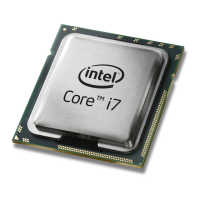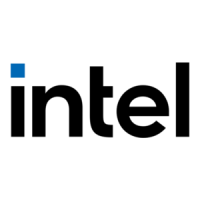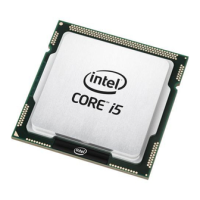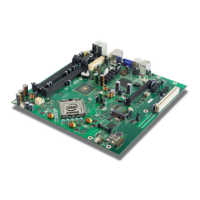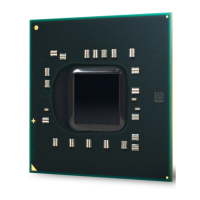16 323094 Dev Kit Manual
2.2 Additional Required Hardware Not Included In
This Kit
The following additional hardware may be necessary to successfully set up and operate the
system:
VGA Monitor: Any standard VGA or multi-resolution monitor may be used. The setup
instructions in this chapter assume the use of a standard VGA monitor, TV, or flat
panel monitor.
Keyboard: The kit can support either a PS/2 or USB style keyboard.
Mouse: The kit can support either a PS/2 or USB style mouse.
Hard Disk Drives (HDDs) and Optical Disc Drives (ODD): Up to six SATA drives
and two IDE devices (master and slave) may be connected to the kit. An optical disc
drive may be used to load the OS. All these storage devices may be attached to the
board simultaneously.
Video Adapter: Integrated video is output from the VGA connector on the back panel
of the kit. Alternately, an on board HDMI connector, On board DP connector or LVDS
displays can be used for desired display options. Check the BIOS and the graphics
driver, where appropriate, for the proper video output settings.
Network Adapter: A Gigabit network interface is provided on the kit. The network
interface will not be operational until after all the necessary drivers have been
installed. A standard PCI/PCI Express* adapter may be used in conjunction with, or in
place of, the onboard network adapter.
Note: You must supply appropriate network cables to utilize the LAN connector or any other installed
network cards.
Other Devices and Adapters: The system functions much like a standard desktop
computer motherboard. Most PC-compatible peripherals can be attached and
configured to work with the motherboard.
2.3 Additional Required Software Not Included In
This Kit
The following additional software may be necessary to operate this system:
Operating System: The user must supply any needed operating system installation files and
licenses.
Application Software: The user must supply any needed application software.
2.4 Workspace Preparation
Caution: The development kit is shipped as an open system (not in a chassis) to provide flexibility in
changing hardware configurations and peripherals in a lab environment. Because the board is
not in a protective chassis, the user is required to take the following safety precautions in
handling and operating the board.
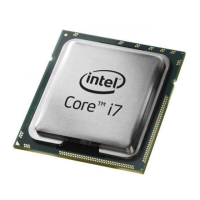
